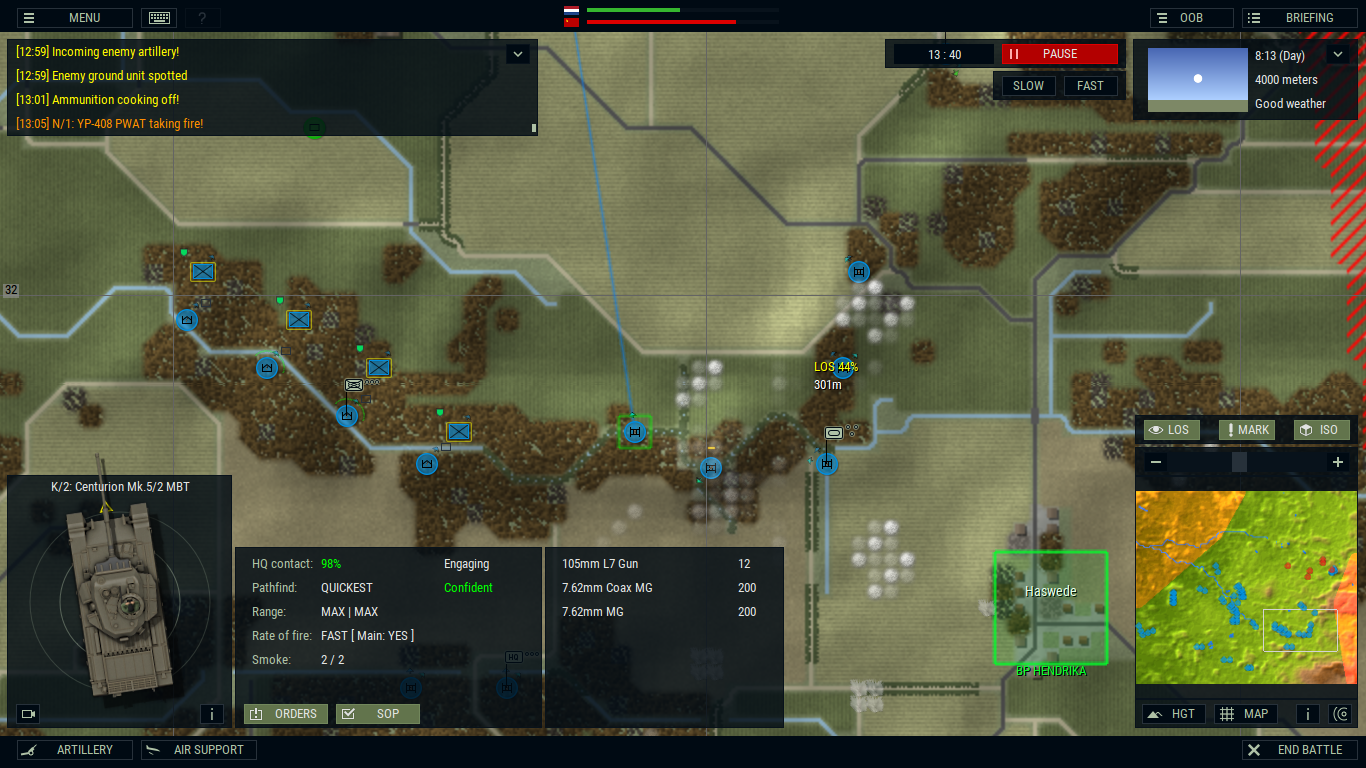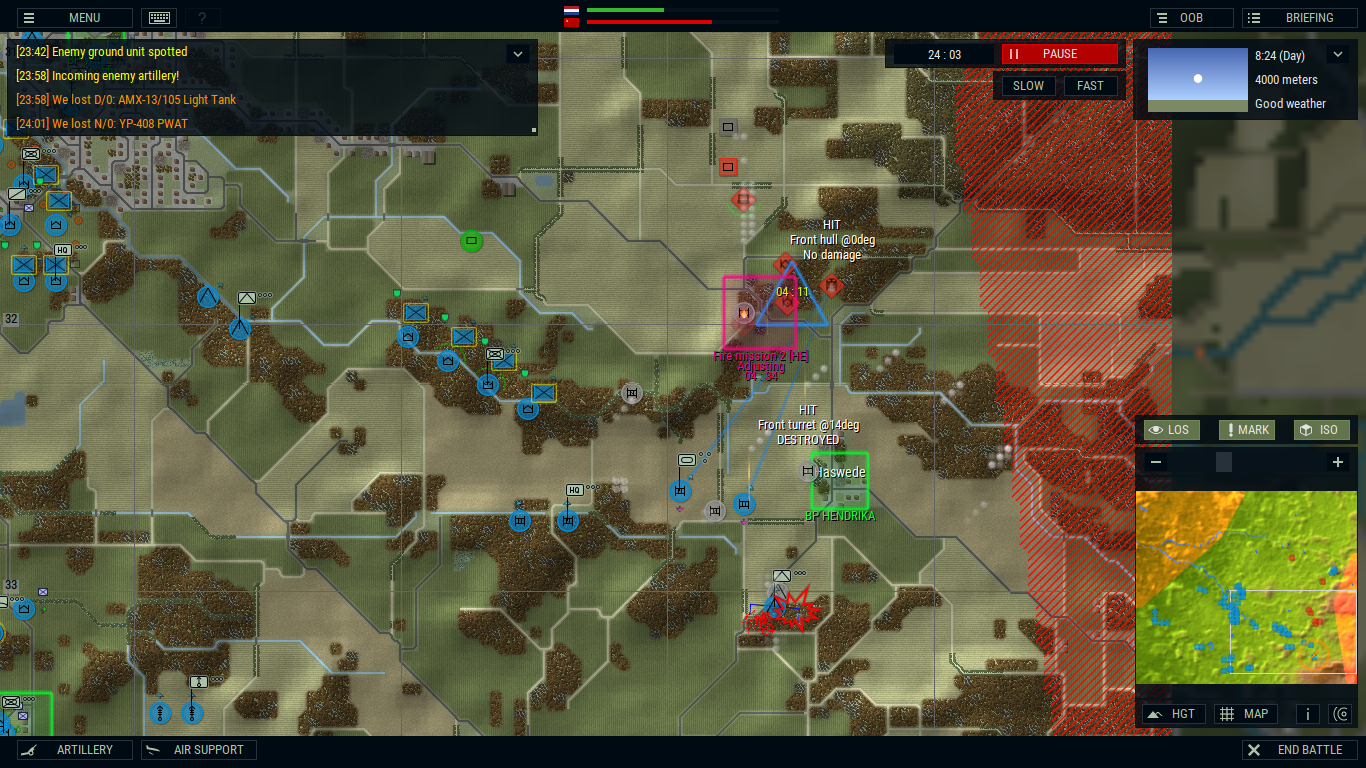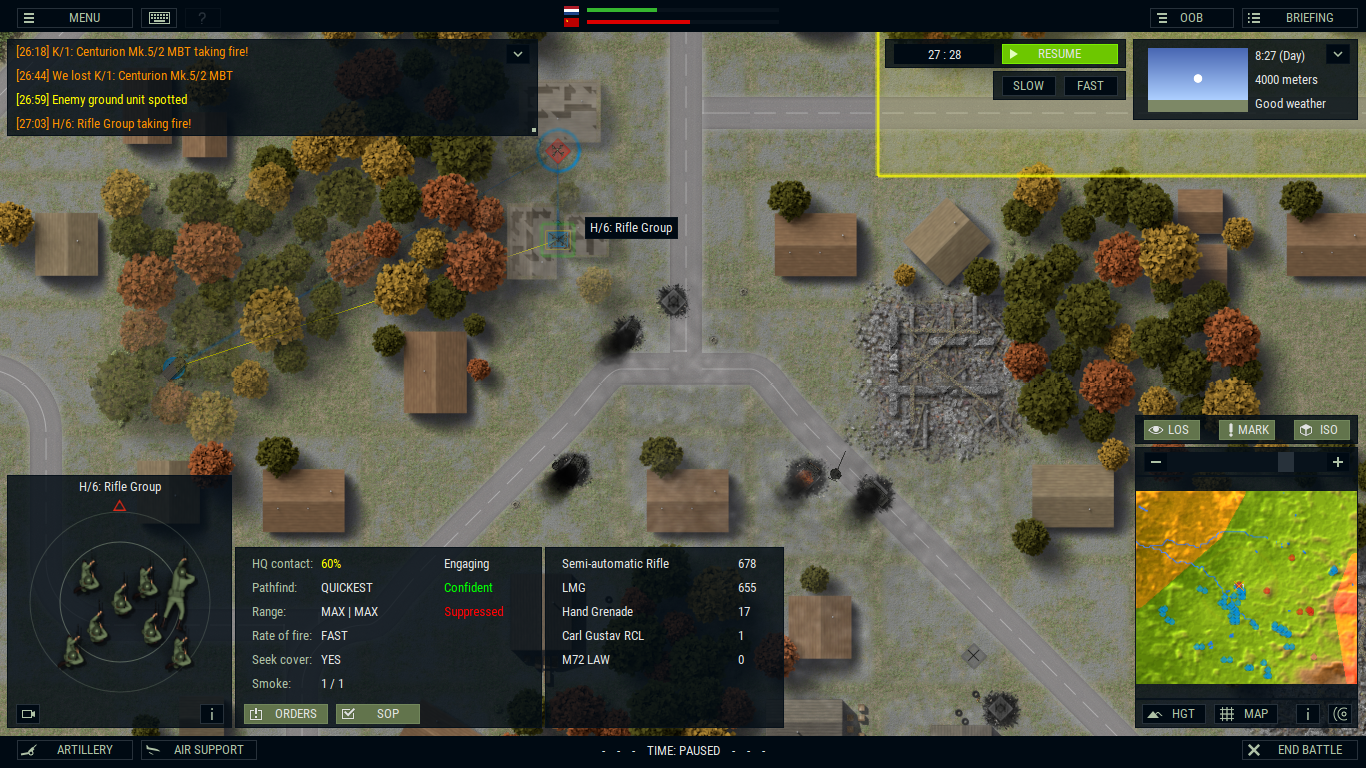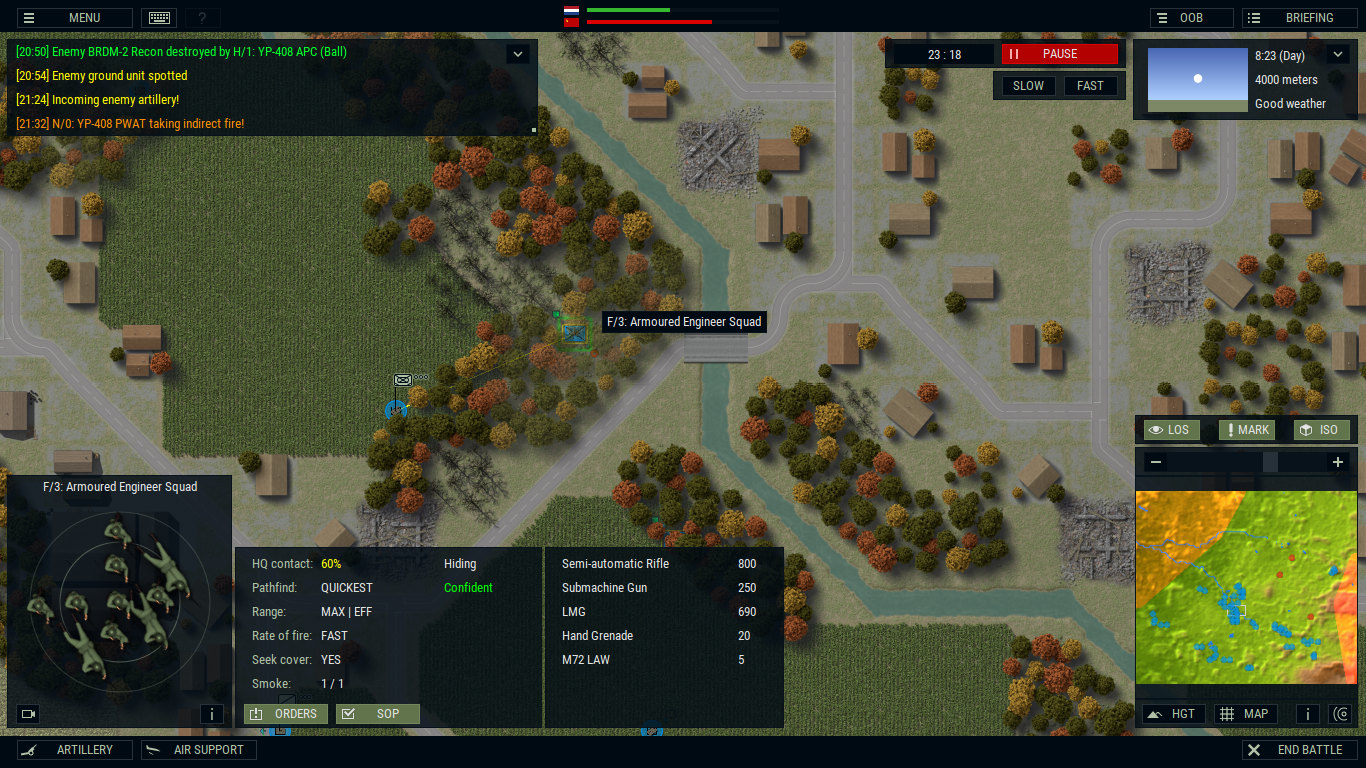Mantuvec
Posts: 100
Joined: 10/13/2020
Status: offline

|
During the Cold War, the Royal Netherlands Army (Koninklijke Landmacht) was committed to two main tasks in the NATO context: participation in the defense of West Germany against ground attacks across the North German Plain, known as “forward strategy”, and ensuring the territorial security of the Netherlands itself and vital lines of communication.
In the fulfillment of the first of these tasks, 1 (NL) Corps was assigned to the Northern Army Group (NORTHAG). This armour-heavy corps consisted of three mechanized divisions which included three armoured, six armoured infantry, and one infantry brigade for rear area security. Divisions were not fixed formations in wartime, as self-supporting brigades and corps level assets would be reallocated as the tactical situation dictated. The National Territorial Command had some active units and a large complement of reserves to provide for the security of the homeland.

The particular difficulty facing Dutch in case of conflict was their (mal)deployment: the vast majority of 1 (NL) Corps was based in the Netherlands and many units would have to drive over 300 kilometres to reach their fighting positions. To make matters worse, over two-thirds of the corps was made up of reservists who would need to be mobilised before deployment. The unique conscription system demonstrated Dutch ability to deploy the entire corps to fighting positions within 72 hours, but this fell well short of NATO’s target of 48 hours – a vulnerability that the Warsaw Pact would undoubtedly attempt to exploit.
For a long time, Dutch emphasised position defense or an area defense at the FEBA (Forward Edge of Battle Area). The limited reserve forces, by preference, were committed primarily to conduct limited offensive actions, such as surprise fire, counter-thrusts and counter-attacks. It was thought that such a counter-attack in all likelihood would require the release of tactical nuclear weapons in order to be successful. Then, in 1985 a new concept of operations came into force which prescribed a more fluid, terrain-oriented defence in depth. No longer was the enemy to be halted as far east as possible; he was now to be denied passage through the corps sector. Should this first stage of the main defensive battle fail then the defence would be continued deeper into the corps sector, further west.

During operations, battalion and company organisations within the brigades would usually be broken up to form combined-arms battle groups tailored to specific missions. Tank battalions and armoured infantry battalions would detach or exchange tank and armoured infantry companies, resulting in either reinforced or mixed battalions that were characterised as "tank-heavy", "armoured infantry-heavy" or "balanced". Within these battalions, companies would subsequently detach or exchange platoons to form company-sized combat teams, the main components being the tank platoons, armoured infantry platoons and armoured anti-tank platoons.

Armoured infantry forces alternate between mounted and dismounted combat, delivering both anti-personnel capability and employing anti-tank weapons, and Dutch mechanised forces are lavishly equipped with latter. In cooperation with armour, they maintain mobility and striking power, while abundant anti-tank resupply allows for protracted combat.
The Royal Netherlands Army, in final analysis and despite a few problems, was a modern, efficient, well-led and relatively large force seemingly capable of meeting its responsibilities once fully mobilized and deployed in its wartime locations. They operated a very interesting mix of equipment, ranging from the venerable Centurion tanks to modernized Leopard 1-Vs and state-of-the-art Leopard 2A4s, alongside reasonably advanced YPR-765 infantry fighting vehicle and unique YP-408 wheeled APCs, all supported by modern aircraft and artillery.

Swift and decisive victory on the battlefield hinge on fully synchronized combat forces. Weapons and units are more effective when they operate jointly than when they function separately. Dutch Armoured Engineers can clear minefields to facilitate rapid advance of friendly forces, or act as ersatz mechanized infantry in case of emergency.
< Message edited by Mantuvec -- 2/22/2021 10:16:22 AM >
|
 Printable Version
Printable Version









 New Messages
New Messages No New Messages
No New Messages Hot Topic w/ New Messages
Hot Topic w/ New Messages Hot Topic w/o New Messages
Hot Topic w/o New Messages Locked w/ New Messages
Locked w/ New Messages Locked w/o New Messages
Locked w/o New Messages Post New Thread
Post New Thread